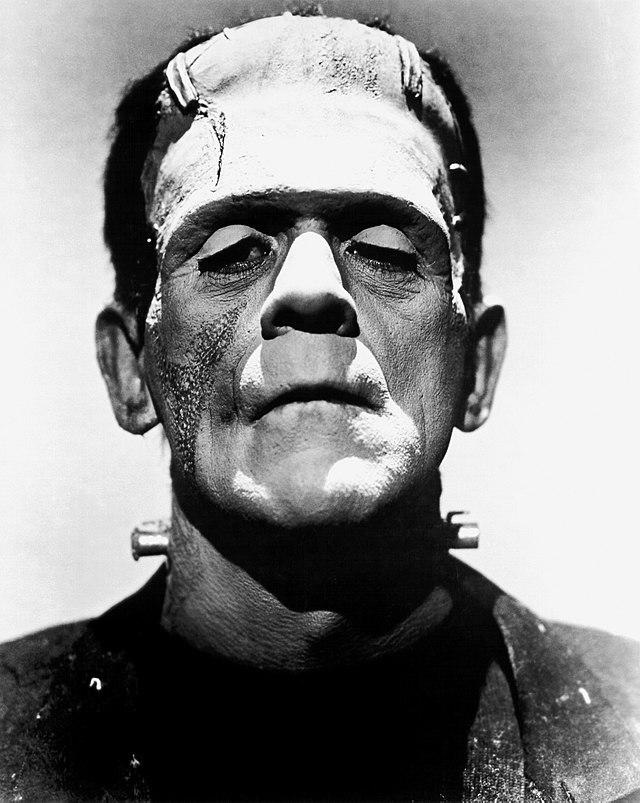Let’s start with a quick fun quiz question for you, who has appeared in the most Marvel movies?
Answer in form of a tweet: https://twitter.com/Kirby4Heroes/status/1670191107169484800
Stan Lee’s first cameo was in The Trial of the Incredible Hulk, he still has the most Marvel Cinematic Universe appearances. For years Stan promoted himself as the creator of his characters. Only in later years did he begrudgingly acknowledge co-creators as they demanded. He did not agree himself.
Jillian Kirby in her statement asks an important question, “Are we to assume Lee had a hand in creating every Marvel character? Are we to assume that the other co-creator never walked into Lee’s office and said, ‘Stan, I have a great idea for a character!’ According to Lee, it was always his idea.” One we will never know the answer to. Did you know Stan Lee did not create Captain America (Jack Kirby & Joe Simon) or the Silver Surfer (Jack Kirby)? Stan Lee’s name became ubiquitous with Marvel characters making you assume he created all of them. Thus his marketing goes. Stan cameos in Marvel films & TV series where he didn’t co-create the character, eg Deadpool (Rob Liefield & Fabian Nicieza).
I can see Lee’s point of view, in the 60s he was churning characters out, and those that were successful are a result of his churn. We forget those that failed. For example… Insect Man!
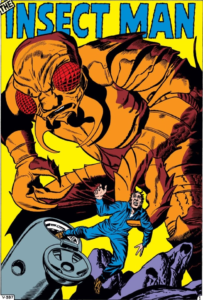
The characters that became successful were because others made them look cool. Our first reaction is visceral, do we like what we see? Considering they’re frontpage of their debuts we pass judgement before we ever read Stan’s story. A song may have great lyrics, but if it sounds bad who cares. It’s all about attraction.
Jillian Kirby makes another good point, “In 1501, the Opera del Duomo commissioned a 26-year-old Michelangelo to sculpt a statue of David for the Cathedral of Florence – their idea, their money. The statue is called Michelangelo’s David – his genius, his vision, his creativity.”
Who created the Daleks? Terry Nation is the standard retort. Originally, BBC in-house designer Ridley Scott was to design the Daleks from Terry Nation’s script. Scheduling conflicts saw it handed to Raymond Cusick who came up with the look from Terry Nation’s description of them gliding across the floor. When Dalek-mania took off Terry Nation as co-creator with the BBC earned the lovely royalties but Raymond Cusick as a BBC staffer did not. The Producer and Head Designer managed to procure a one-off payment of £100 for him, around £2,300 in today’s money, for a creation that continues to earn the lucre to this day.
After the Daleks Doctor Who did try a couple of times to emulate their success. Who remembers The Krotons and the Quarks? Both of which lack the Dalek’s elegance and design.
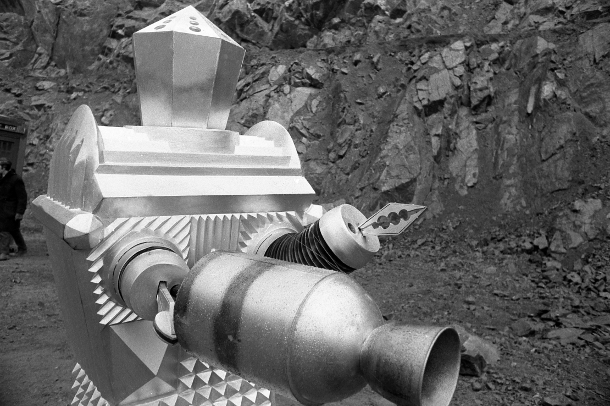
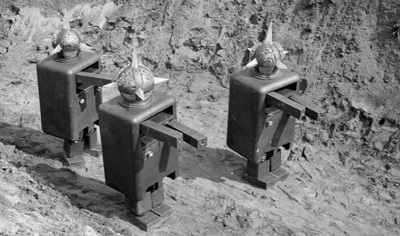
When writers and co-creators Bob Baker & Dave Martin tried taking K9 away from the BBC and had him re-imagined it did not work. Our image and memory of K9 is visual (plus the snarky voice of John Leeson – even when the BBC replaced Leeson for a season with David Brierley, it didn’t quite work as well).
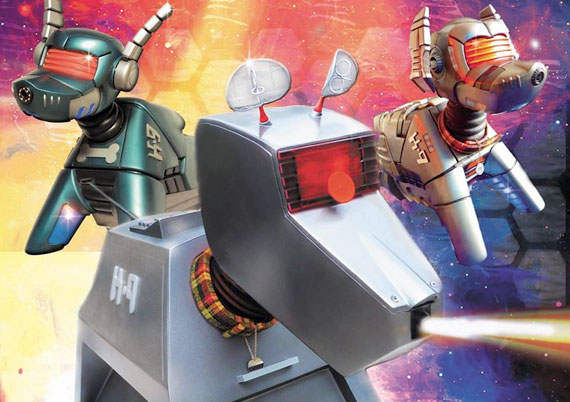
So far we are siding with the Artist. Let’s go back to my title, cribbed from Mary Shelley. What about her creation? The 1931 portrayal is iconic. Green, made of body parts with a neanderthal brow and bolts in his neck. Mary Shelley’s description is, “His yellow skin scarcely covered the work of muscles and arteries beneath; his hair was of a lustrous black, and flowing; his teeth of a pearly whiteness; but these luxuriances only formed a more horrid contrast with his watery eyes, that seemed almost of the same colour as the dun-white sockets in which they were set, his shrivelled complexion and straight black lips.” Does it matter? The 1931 version of Frankenstein’s Monster is still the definitive image, copied even by The Munsters, but do we know who designed it? You may know that James Whale filmed it and Boris Karloff played it but it was Jack Pierce, the make-up artist, who created the iconic look. In the case of this creation, it always tends to be known as Mary Shelley’s Frankenstein, as we have had decades of different artist’s portrayals, the source idea provides the enduring gothic image. It outlives them. So in some cases, the genius of the creation lies with the writers. If Jack Pierce’s version of Frankenstein was the only success then he would have a case, however he is just co-creator of that version.
Wait a minute, I see some of you are frothing at the mouth. “It’s not Frankenstein it’s Frankenstein’s Monster!” I hear you cry! Frankenstein the novel is about a parent’s responsibility to his offspring. In our society our offspring usually assumes the father’s surname, you could argue he’s a bastard but calling the monster “Frankenstein” alludes to the theme of the novel; it was his creation therefore his responsibility. A reflection on the father. Early on a blind man takes the creature in and is happy until he discovers what he looks like, even in blindness we think visually. When the Monster saves a girl from drowning it’s assumed he attacked her and is fired upon. Without a father’s love and guidance the real monster is born, to which he holds Victor account at the end of the novel.
Before Frankenstein Jack Pierce did the make-up for The Man Who Laughs, a visual image which inspired Bob Kane to create the Joker.
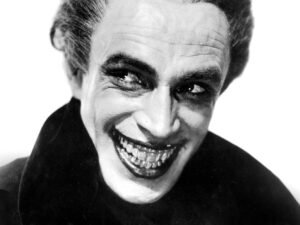
Is Jack Pierce acknowledged as co-creator of The Joker? Bill Finger, Bob Kane, and Jerry Robinson are the creators of The Joker, the dispute being over whether to include Bill Finger as the writer. Bill Finger was left out as co-creator of Batman until 2015, there’s even a documentary about it Batman and Bill. Bill Finger invented his costume, utility belt, alter ego and Batmobile (I have it on good authority that “chicks dig the car”). Throughout his life Bob Kane reaped all the glory and money, ruthlessly suppressing Bill Finger’s claim as co-creator. Bob Kane lived in luxury as the “creator of Batman” whilst Bill Finger died penniless and unknown.
The story of Superman is similar, you may know he was co-created by writer Jerry Seigel, but who was the artist? This time it’s a story of the evil corporation. Comic creators are often contracted, and the company owns all character rights. In 1966 when the musical It’s a Bird … It’s a Plane … It’s Superman premiered there was a dishevelled man in the street who could not afford a ticket, the going-blind artist who co-created Superman, Joe Shuster. In 1975 when Superman: The Movie was being optioned, a destitute looking courier delivered a parcel to the DC offices, Joe Shuster was stopped on the way out by an Executive who recognised him and gave him some money for his troubles. Jerry Siegel around this time stated, “I can’t stand to look at Superman comic book. It makes me physically ill” before they were paid a stipend to keep their mouths shut.
Soon after Superman came a copycat, Captain Marvel, which due to copyright issues, Marvel having a character of the same name, has been renamed Shazam! Back in the day, a German film producer did not want to pay the rights for Dracula thus Nosferatu was born. In these cases it could be argued they are standing on the shoulders of giants, we are all influenced by the culture that came before and is around us.
James Cameron was a fan of writer Harlan Ellison. In a Starlog interview he said he got the idea of The Terminator from Ellison’s work. Harlan Ellison threatened to sue, Cameron’s lawyers settled out of court, much to his chagrin. He resents the “Acknowledgement to the works of Harlan Ellison” credit added to the film. The Ellison story ‘Soldier’ starts with two warring future soldiers, one is transported to present day. That was the similarity, however the rest, where the other soldier later appears and our hero fights him and protects his new surrogate family sounds somewhat like T2.
When Paul McCartney created the song ‘Yesterday’ he was certain it was someone else’s and tried to find the creator. In the music industry artists are often stiffed by management. Holly Johnson (Frankie Goes To Hollywood) was the first artist to successfully sue to breach an unfair contract. Artists had escaped their commitments by releasing live albums or, in the case of Van Morrison, recording a Contractual Obligation album of rubbish. Another music industry practice was to use session musicians to do a band’s album, thus doing the band out of royalties. Frankie Goes to Hollywood’s Welcome to the Pleasuredome is an example. These days sampling and the internet continues to erode artists rights. When an unreleased track prepared for Mission Impossible II started playing on radio stations, Metallica took the file-to-file sharing system Napster to court. A decision drummer Lars Ulrich states he regretted such was the hatred that came his way for ultimately destroying Napster.
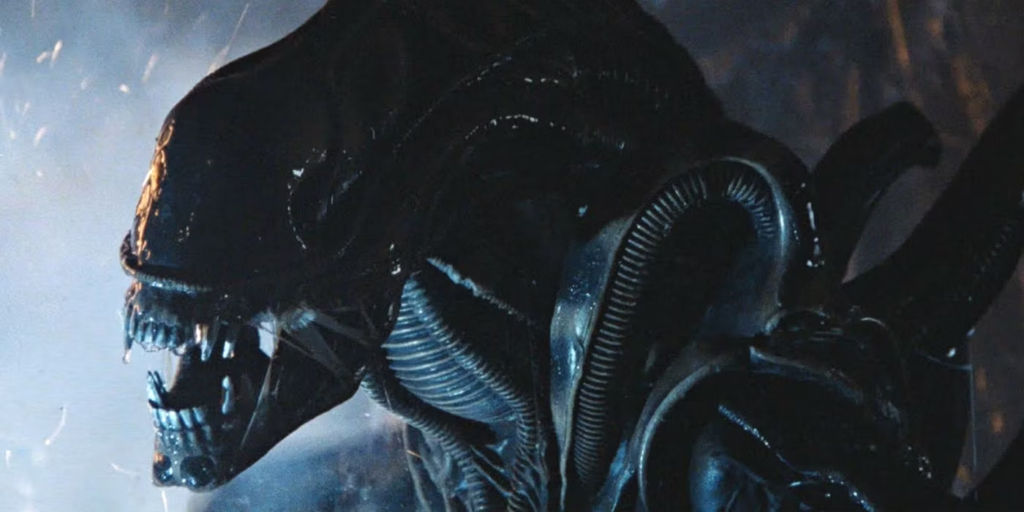
You may know the film Alien is by Ridley Scott and the creature design by H R Giger, but who wrote it? It was Dan O’Bannon, you never hear it called “Dan O’Bannon’s Alien” do you? You could reference the monster design on O’Bannon’s previous monster movie Dark Star as another example of the artist’s importance in creating something iconic.
Ridley Scott has a great eye, so Alien was always going to look good. H R Giger’s artbook showcased how awesome his creation was. What made Alien so initially memorable is not the design (we only get fleeting looks at it) but its body horror lifecycle. The first time you watch Alien you are as shocked as the crew when it appears. That and the facehugging way of inseminating is what made the iconic monster, although Giger had only partly inspired O’Bannon in the creation of the script. Dan O’Bannon had Crohn’s disease and it felt to him like a monster was trying to eat its way out of his stomach. This is the genesis of Alien.
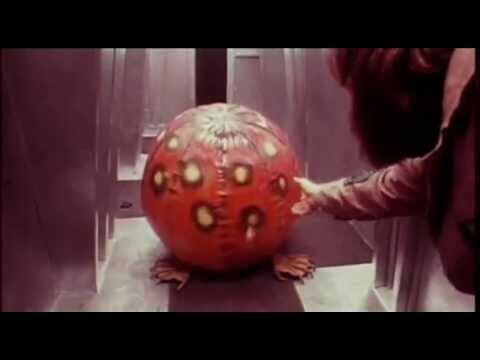
Perhaps the anti-Stan Lee is writer Alan Moore, who detests the film versions of his works and the modern superhero genre in general. He wanted to end the Superhero genre with Watchmen but instead he perhaps rejuvenated it. He feels his work is designed for its original form and had no interest in the movies. He got ten minutes into From Hell, thought it was a travesty and turned off (I don’t blame him!) So going into League of Gentlemen his attitude was to take the money and run. Then a screenwriter claimed plagiarism and sued. From that point on he no longer wanted films made from his work, but he did not have the rights. So according to his wishes, adaptations no longer credit his name, all money earned goes to his co-creators. “I thought that, you know, turning down thousands and thousands of dollars might have given an indication of how strongly my feelings were on this matter.” When V for Vendetta was being made the Wachowski’s tried to talk him around, but he was adamant, wanting nothing to do with the film. Imagine his ire when Producer Joel Silver then declared he was in talks with the Wachowski’s! So when a co-creator wants crediting they are not, and when they don’t they are.
If anyone claims sole credit in a collaborative medium there is probably a story untold. Gene Roddenberry for instance, the Great Bird of the Galaxy, is thought of as the sole creator of Star Trek and he was involved at every level. He used SF writers as they were cheaper than screenwriters. Roddenberry had great ideas and the temerity to see them through, fighting both sexism and racism in 1960s culture. He was an ideas man but it was D C Fontana who fleshed out the characters. If you want the characters to feel real and believe that the warmth of the Enterprise is a key component to its success you have D C Fontana to thank. Like many of these types Roddenberry was good at self-promotion. George Lucas is another example where fans point to the prequel trilogy as an example of how he needs a good writer to flesh out his script.
To make great art requires great talent bringing their A-game. Should creation be credited to the team in a collaborative medium or just who initiated the idea and set them to work? This question has been around before with the Warhol factory making his art. In a visual medium whoever created its look should be listed as co-creator like Jack Kirby and Steve Ditko but then what of the designer of the Enterprise and the visuals of Star Trek? The show received many Emmy nominations. Would it have been so successful if it had been badly made? A good Creative surrounds himself with a reliable team he takes with him from project to project. The question then becomes, how much of the creation is that person and how much their team? This question has been asked of director Luc Besson for instance.
These days the creative artists are on strike and as the medium evolves, old contracts and agreements become inadequate, leaving the field open for less scrupulous companies to take advantage and to pay less and less, that is if they pay at all. As Black Mirror pointed out in its excellent Season 6 premiere ‘Joan is Awful’, how much longer will we potentially need actors or writers as computers and AI evolves? We need to retain creative rights, and to be fairly paid for them, so our art doesn’t start sliding into ‘uncanny valley’ territory. A computer is not original and is not capable of being original, only emulating, remixing and re-presenting what has gone before. But then again, formulaic writers and musicians do pretty much the same thing, and plenty of people are happy to watch and listen to such output.

